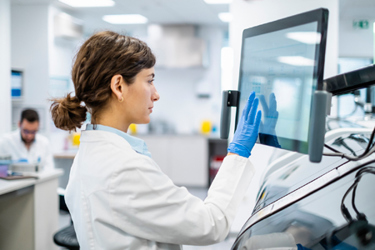Strategies For Enhancing Bioavailability Of Poorly Soluble Compounds: Commonly Used Technologies And Supporting Services
By Michelle Gischewski, Scientific Advisor, Drug Product Operations, Eurofins CDMO Alphora Inc.

Many new chemical entities entering the drug development pipeline suffer from poor aqueous solubility, a characteristic that often limits formulation development and prevents promising candidates from reaching human clinical trials. Targeting these bioavailability challenges early is crucial for maximizing an active pharmaceutical ingredient's (API) exposure in early in vivo studies.
Strategies to enhance the solubility and bioavailability of poorly soluble compounds include spray drying, which converts a crystalline API into an amorphous form for improved solubility, often with the addition of a stabilizing polymer. Particle size reduction, through techniques like jet mill micronization and nano-wet milling, increases the API's surface area, thereby improving contact with aqueous media and boosting solubility. A third common strategy is the use of lipid-based vehicles, such as Self Emulsifying Drug Delivery Systems (SEDDS), which solubilize the API and can be formulated into capsules or further processed for tableting. Successful development requires thorough solid-state screening and characterization of the API or its amorphous dispersion after these processes.
Learn more about these solubility enhancement strategies and the supporting analytical services.
Get unlimited access to:
Enter your credentials below to log in. Not yet a member of Outsourced Pharma? Subscribe today.
